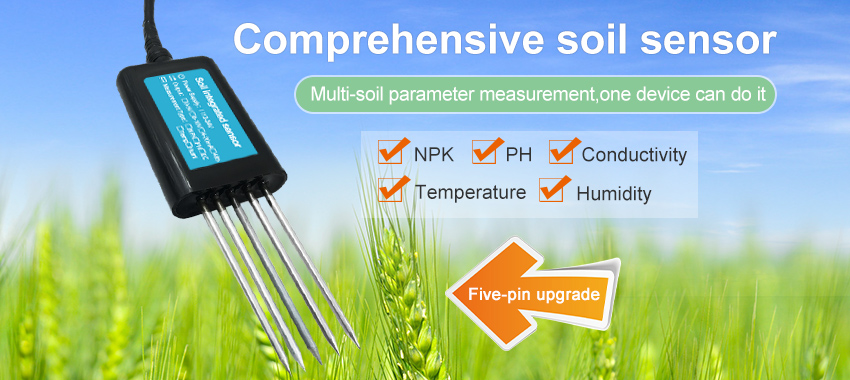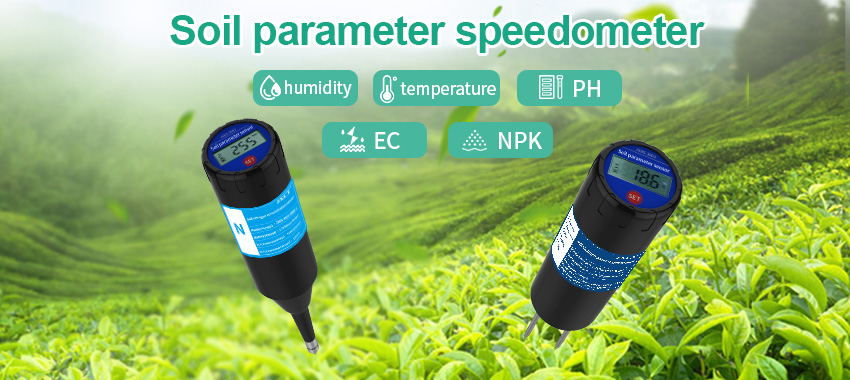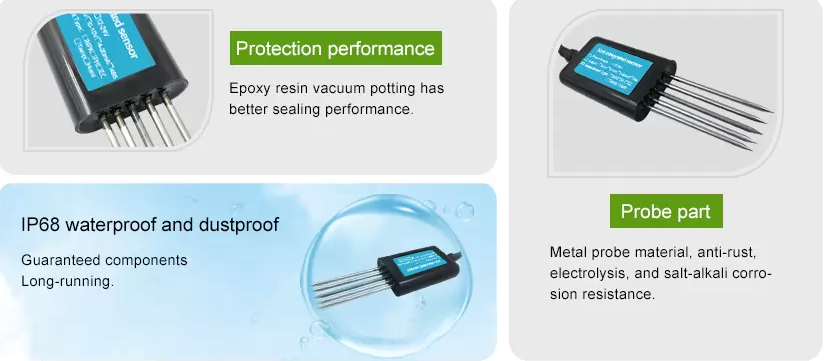What are Wireless Soil Sensors?
Soil sensors wireless are electronic devices that measure soil properties and transmit the data wirelessly to a remote server or device. These sensors use radio signals or Wi-Fi to send data, enabling real-time monitoring and analysis of soil conditions. Wireless soil sensors have several components, including a sensor probe, a transmitter, and a receiver. The sensor probe is inserted into the soil and measures various soil parameters, including temperature, moisture, pH, and nutrients. The transmitter then sends the data wirelessly to a receiver, which can be a computer, smartphone, or tablet. The receiver can then analyze the data and provide recommendations for the optimal soil conditions.

In this article, we will explore how soil sensors wireless ensure optimal soil conditions and their benefits.
Why are Soil Sensors Wireless Important?

Soil sensors wireless are essential in ensuring optimal soil conditions for crops. They provide farmers and gardeners with real-time data on soil moisture, temperature, and nutrient levels, enabling them to adjust their irrigation, fertilization, and planting schedules accordingly. With wireless soil sensors, farmers no longer have to rely on traditional methods like manual sampling or visual inspection, which can be time-consuming and inaccurate. Instead, they can monitor soil conditions remotely, reducing labor costs and improving efficiency.
Benefits of Soil SensorsWireless
Increased Crop Yield
Wireless soil sensors help farmers and gardeners optimize their irrigation, fertilization, and planting schedules. By providing real-time data on soil conditions, farmers can ensure that their crops receive the optimal amount of water and nutrients. This results in healthier crops with higher yields.
Saves Time and Labor Costs
Traditional methods of soil monitoring require manual sampling and visual inspection, which can be time-consuming and expensive. Wireless soil sensors eliminate the need for manual sampling, enabling farmers to monitor soil conditions remotely. This reduces the amount of time and labor required to monitor soil conditions, resulting in cost savings.

Increases Efficiency
Remote monitoring of soil conditions enables farmers to make data-driven decisions about irrigation, fertilization, and planting schedules. This results in more efficient use of resources and better crop yields. Wireless soil sensors also enable farmers to detect potential problems early, allowing them to take corrective action before they become more significant issues.
Environmentally Friendly
Wireless soil sensors reduce the amount of water and fertilizer used in agriculture, making them more environmentally friendly. By providing real-time data on soil conditions, farmers can optimize their irrigation and fertilization schedules, reducing water waste and fertilizer runoff.
Choosing the Right Wireless Soil Sensor
When choosing a wireless soil sensor, there are several factors to consider, including the measurement range, accuracy, durability, and battery life. The measurement range refers to the minimum and maximum values that the soil sensor can measure. Accuracy refers to how closely the soil sensor can measure soil conditions to their actual values. Durability refers to how resistant the soil sensor is to environmental factors like moisture, heat, and corrosion. Battery life refers to how long the soil sensor can operate on a single charge.
Conclusion
Wireless soil sensors are a valuable tool for farmers and gardeners. They provide real-time data on soil moisture, temperature, and nutrient levels, enabling farmers to optimize their irrigation, fertilization, and planting schedules. With wireless soil sensors, farmers can reduce labor costs and improve efficiency, resulting in higher crop yields. Choosing the right wireless soil sensor is critical to ensure accurate and reliable data. By using wireless soil sensors, farmers can ensure optimal soil conditions and sustainable agricultural practices.